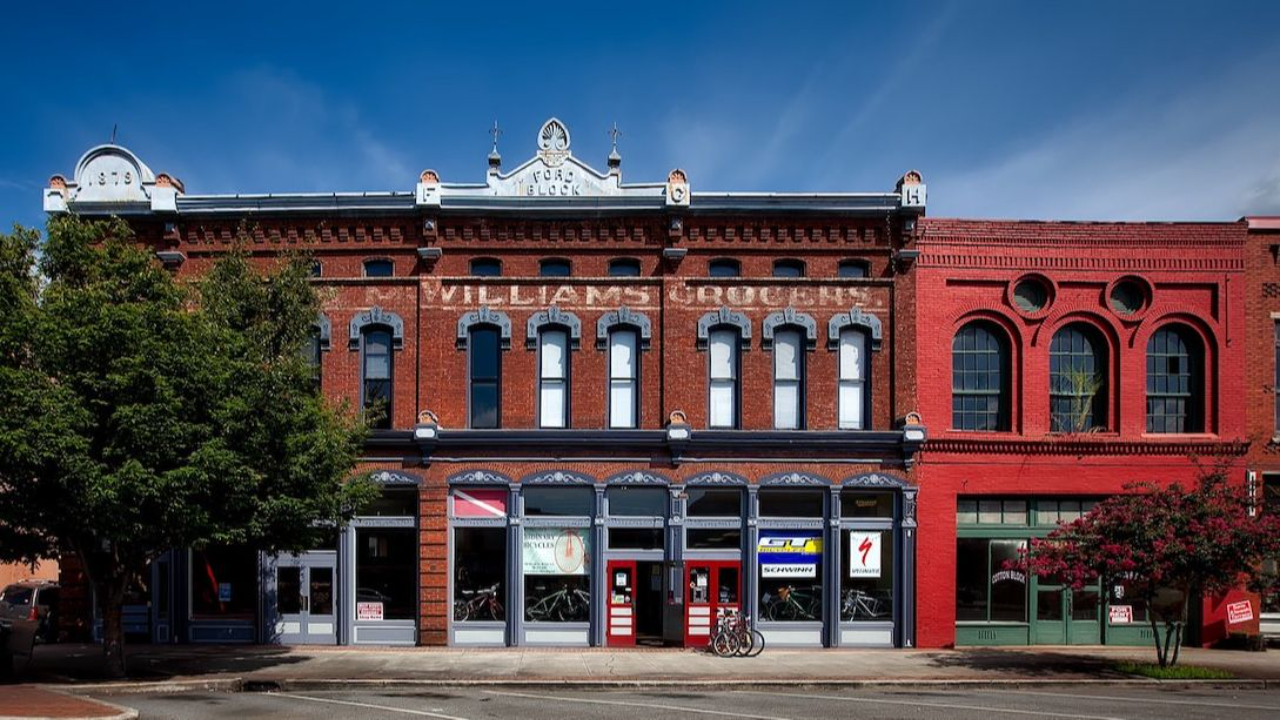
Navigating the Landmines & Pitfalls of Investing in Small Market Self-Storage Opportunities
Mar 06, 2023Investing in small markets in self-storage can be very profitable, but you have to make sure you don’t step on a landmine, because they can also be very dangerous. So, how do you make sure that you can invest in small markets without getting into trouble?
Today, I explain how to understand demand predicated on the asset and pricing predicated on the customer. This will help you not only stay out of trouble but maximize your revenue and profits.
This is especially true in small markets. Small markets are more sensitive to changes in both supply & demand, as well as consumer trends and behaviors.
If you’re looking to start in small markets, the good news is that people are still getting money to build in small markets with strong demand. The problem is banks & investors are much more hesitant in small markets.
For many small markets, the best option in storage is acquisitions, not development. In fact, we are seeing a lot of transactions in small markets at under replacement costs.
Why? In some markets, there hasn't been any new inventory built in over 10 years because of high building costs and low rents. Building costs in storage have soared, but due to weak demand in small markets, rents have not followed the same increase. This pattern led to an inability to add inventory to small markets profitably.
Building without considering the math can hurt the market for years. In small markets, you have a smaller population. In most small markets in the US, the population is stagnant. If supply surpasses demand with no population growth, there’s no customers to fill up your facility. That leads to pricing wars and keeps rent prices low.
It's crucial to understand the financials before starting construction. If it costs you $85/sqft to build and you can get $.50/sq ft per month in rent; is that enough to operate at a profit? I know this sounds basic, but in most small markets, many storage developers are inexperienced and have not thought through this scenario.
I have seen this happen. For example: I have a facility in a small market (less than 30K people). One competitor came in and added 50K net rentable square feet. It took him years to fill up and it killed market rates that took over 6 years to recover. Luckily, we had bought our facility at $20/sqft - which was a fraction of what it took him to buy & build his facility.
How do you understand the market and the individual customer? The use of mapping software & consumer analysis can be a potent tool to maximize profits, such as Radius+ (this software shows supply & rents in a market for storage) & ESRI (shows demographics & customer data like purchases).
*Disclaimer: In small markets, much of this data is not up to date or accurate. That’s why nothing beats “on the ground” market research, calling and visiting all storage competitors, and talking with local government officials as well as local businesses.
Data that’s important to understand and the correlation:
- Sq ft per capita. Meaning, how much storage is in that market per person that lives there.
- Next, occupancy. How viable is occupancy for that space?
- Then, market rates. What does it cost to rent that space?
All of these are important, but the correlation of market rates and occupancy is crucial. Meaning when market rates go up, does occupancy go down? Does new inventory on the market - meaning when people expand or build a new facility on the market - affect occupancy and rates? These correlations show us true customer demand.
First, storage facility A has rates that are 15% higher than its competitors, but the other facilities have a much lower occupancy. Competitors with lower rates have high occupancy. Also, when storage owners lifted rates, did they have mass move outs? We are trying to find the elasticity of the customer.
Find the latest storage facility that has been built or expanded. Find out how long it took them to stabilize revenue. Finally, is there a difference in rates to quality of the asset? Meaning, if a good facility can charge much more, then there’s good demand and a good customer base. But if a high quality facility can’t charge higher rates, then there is a lack of demand.
In my firm, we plot out our customers locations and look at income, housing costs, and consumption to understand the impact of rent on customers. Meaning, a $100/month rate = $1200/year. Let's say the customer makes $50,000/year. The $1200/year rate is approximately 2% of their gross income, whereas a customer at $100,000/year is only about 1% of their gross income.
This means that I can charge the tenant making $100,000 per year more like $2000/year for their unit and it’s still under the 2% that the other customer is paying. We already know that at 2% of gross income we still have demand.
Demand is different for each unit. Remember, units are products and as a storage owner we are focused on finding product market fit. So how do you know which units have high demand and which have low demand in a market? This all comes back to the due diligence you put into everything. If you execute your due diligence correctly, then you can avoid many of the landmines that are scattered across the battlefield of the small market self-storage industry.


